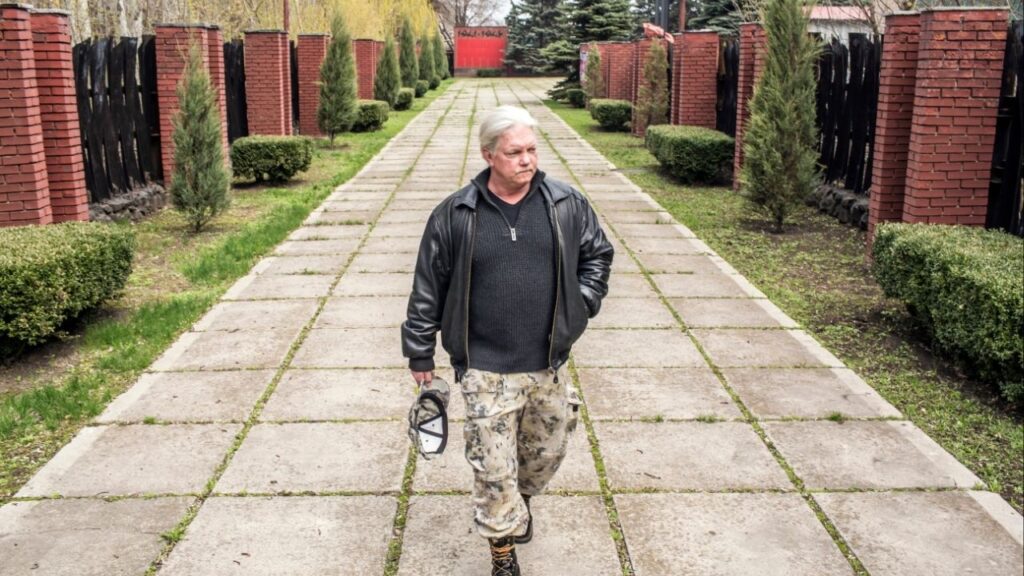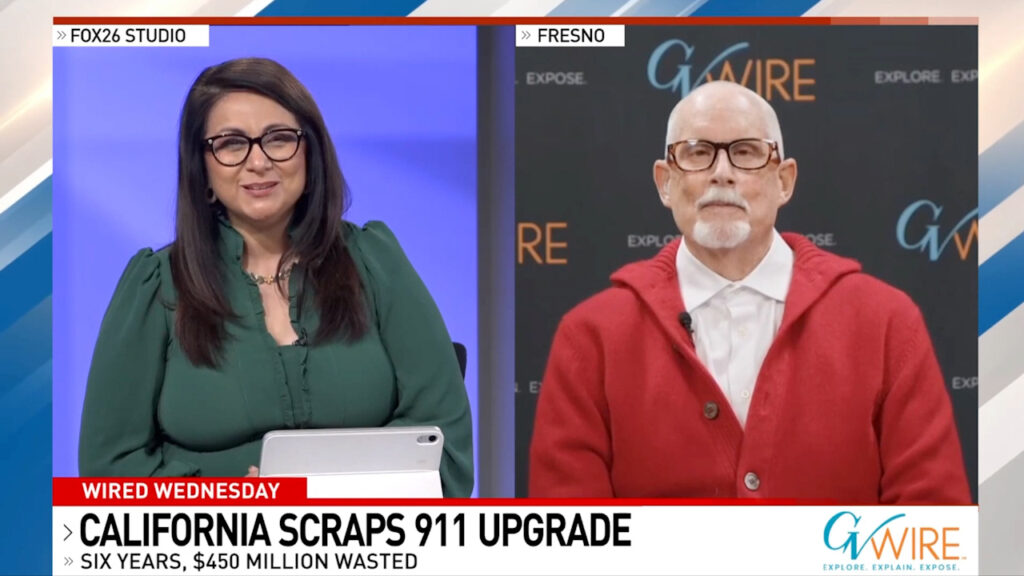Share
California’s housing crisis can seem insurmountable. The median home price is more than $800,000, the state needs millions of additional homes to give everyone a place to live and homelessness is on the rise.
By Pedro Nava, Cathy Schwamberger, and Dion Aroner
Opinion
Special to CalMatters
Progress is abysmal. The state called for the construction of 180,000 new units annually between 2015 and 2025 to close the gap. We built fewer than half as many, only about 80,000 new units per year.
This is unacceptable, but there are solutions. As members of the Little Hoover Commission, the state’s independent government watchdog, we spent months examining this problem, and we know there are ways to move forward: get more data, use better metrics, organize government more efficiently, and – most of all – build more houses.
The problem is not new. The issues are all too familiar. The opportunities to make a long-term impact are often deemed too controversial and squandered by a lack of political will. Sometimes they’re blocked by existing homeowners who already have what others seek.
In our new report, California Housing: Building a More Affordable Future, we offer targeted actions state leaders can take immediately to address this crisis:
First, California must expand its affordable housing strategy – in both policy and funding – to include a greater emphasis on affordable homeownership. This policy expansion must also include an emphasis on increasing supply.
Add CEQA Flexibility to Expedite Projects
The state can jumpstart affordable housing production by treating California’s housing shortage with the same urgency as the state’s wildfire crisis. This includes creating targeted working groups charged with tackling logistical and policy challenges within a set period of time and building in CEQA flexibility to expedite projects.
We can also use “shared equity” models. In effect, the government helps homeowners buy at a lower price on the condition that they sell at a limited price later – helping to ensure that the home stays affordable for future generations.
Second, the state must consolidate housing functions. The state’s housing departments are spread across four agencies and divided among the purviews of the governor and the state treasurer. This organization is inefficient. By consolidating housing functions, through reorganization or formalizing a strategic working relationship, the state can craft a better affordable housing strategy and improve operations.
Third, the state should reconsider how it measures local governments’ progress toward housing goals. Local jurisdictions are responsible for developing and executing a strategy to meet the housing needs of their communities. While this process considers how much housing needs to be built and where, it fails to account for how much housing is actually built. This must change.
The state should also boost enforcement of local governments’ housing plans. When a locality fails to adequately plan for its housing needs, the state can decertify its housing plan. As a consequence of decertification, certain affordable housing projects can “automatically” receive permits.
What’s the catch? Developers typically must get a court order requiring the locality to issue the permit. However, in the face of overwhelmed courts and developers who are incentivized to keep the peace, this enforcement method falls short.
Every County Should Have a Housing Ombudsman
To improve its enforcement capabilities, the state should appoint an ombudsman in every county with the authority to approve affordable housing projects when a local jurisdiction is noncompliant with its housing element.
Finally, the state must fill data and analysis gaps. California is missing key pieces of information that would help policymakers better understand the state’s housing crisis. Using the best technology and methodologies available, the state should fill these gaps. Information found should be used to guide policymaking, and tools should be shared with local governments either at cost or, preferably, for free.
The cost of housing may be the biggest issue facing the state. But action-by-action, state leaders can chip away at the problem.
About the Authors
Pedro Nava is chair of the Little Hoover Commission. Cathy Schwamberger, a former member of the Little Hoover Commission, served on its subcommittee on housing affordability. Dion Aroner serves on the Little Hoover Commission’s subcommittee on housing affordability.
About CalMatters
CalMatters is a nonprofit, nonpartisan newsroom committed to explaining California policy and politics.
RELATED TOPICS:
Categories

US Solar Installations Jump 49% in Third Quarter, Report Says


















